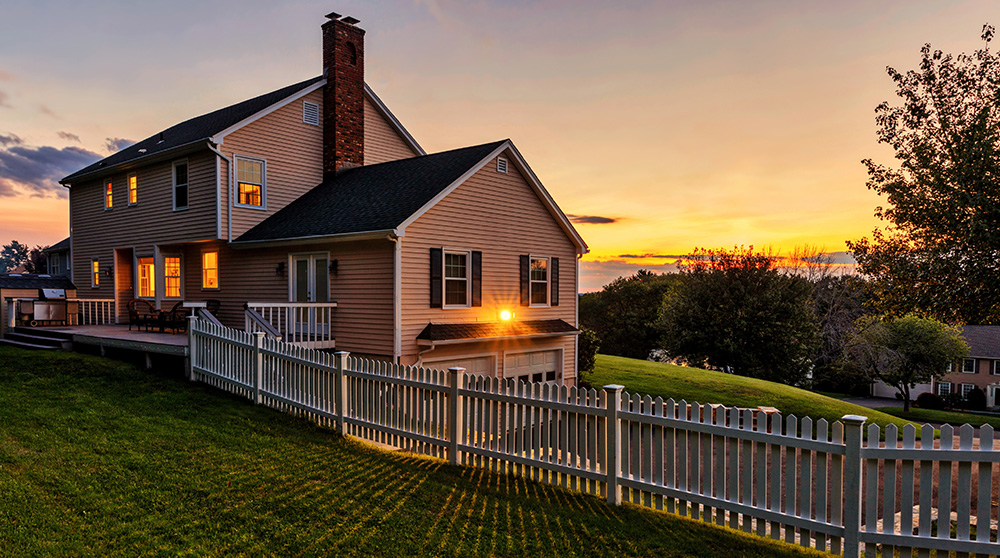When it comes to insuring your home, one of the most critical steps is getting coverage that accurately reflects the value of your property, commonly known as insurance to value. If the value of your home is underestimated when you get a policy, you risk being underinsured at the time of a loss.
Wondering why and how to get the right insurance to value? Read on.
Underinsurance risks
- Insufficient coverage. If you underestimate the value of your property, you may not receive enough funds to rebuild or replace your property in the case of a covered event.
- Unexpected financial strain. If you’re underinsured, you could be left covering the difference between what insurance pays and the actual cost to rebuild or replace your property. This can lead to significant and unexpected financial strain.
- Settling on repairs. When a property is underinsured and needs repairs or replacements, it can force homeowners to compromise on the quality of these changes to save money.
How to best match insurance to value
To achieve the right insurance to value ratio for your property, remember to:
- Regularly review your valuation. Property values can change due to renovations, fluctuations in property markets, inflation, or changes in building costs. Adjust to the changing conditions and get a reappraisal after you have work done to accurately capture the value of your home.
- Talk to professionals. Have conversations with professionals such as your insurance agent, appraisers, and surveyors who have experience with property valuation. Their insight can help you determine the accurate value of your property and how much coverage you need.
- Understand the difference between market value and replacement cost. Market value is the amount a buyer may purchase your home and land for in its current condition, while replacement cost is the amount necessary to repair or replace your entire home. These two values are often different. You should always insure your property for its replacement cost so you have enough money to rebuild or repair it to its pre-loss condition.
- Factor in additional costs. Account for any additional costs to rebuild or repair your property. Things like permits, debris removal, and upgraded materials are often overlooked but can add up. A kitchen with custom finishes and high-end appliances will cost much more to repair or replace than a similar-sized kitchen with builder-grade materials. Make sure you share those details with your agent to ensure you have the coverage you need.
- Review your insurance needs following life events. Life changes such as marriage, children, starting a home office, or undergoing renovations can alter your property’s value and insurance needs. When a life event happens, talk to your agent to capture these changes in your policy and coverage.
Having the right insurance to value helps protect your property and provide financial stability. By seeking professional opinions, regularly reviewing your property, and adjusting coverage, you can enjoy more peace of mind. Have questions about insurance to value or want to learn more? Talk to one of our local, independent agents today.


